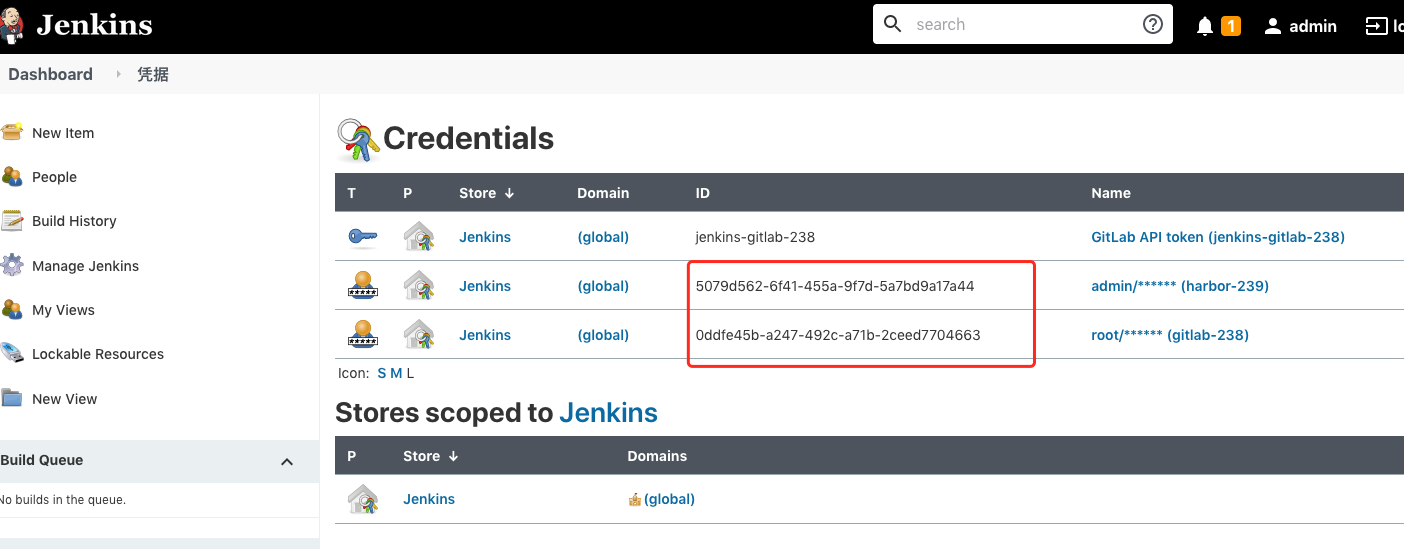
- JENKINS DEPLOY TO TOMCAT 8 HOW TO
- JENKINS DEPLOY TO TOMCAT 8 INSTALL
- JENKINS DEPLOY TO TOMCAT 8 CODE
- JENKINS DEPLOY TO TOMCAT 8 PASSWORD
What is important is the Bucket that we’ll be using. For help with configuring Couchbase, check out a previous article I wrote. If you haven’t already downloaded Couchbase, do so now and walk through the configuration. Preparing Couchbase with a Bucket for Document StorageĬouchbase isn’t the highlight of this example, but since we’re using one of my old projects, it was a requirement per the project. While it is ready for us to create jobs, we’re first going to get Couchbase ready to go. Now Jenkins as a whole has been configured. We need this so Jenkins can deploy the JAR after it has been packaged.

This plugin will allow us to execute scripts on the Jenkin host after the build has completed without errors. You’ll want to choose to Manage Jenkins which will bring us to a list of management sections, one of which being a section for managing plugins.Ĭhoose to Manage Plugins and do a search for the Post-Build Script plugin.
JENKINS DEPLOY TO TOMCAT 8 INSTALL
Before we create our first workflow, or job, we need to install an extra plugin.
JENKINS DEPLOY TO TOMCAT 8 PASSWORD
You can choose to create an administrative user, or continue to use the generated password when working with Jenkins.Īfter creating an account, Jenkins is ready to be used. It may take some time, but after the suggested plugins have been installed you’ll be prompted to set up your first administrative user account. We’re going to start by installing the suggested plugins and then install extras later. Upon first launch you’ll be guided through a wizard for configuration.Īs part of the first configuration step, you’ll need to obtain a generated value to be used as the super admin password.Īfter providing the password as per the instructions on the screen, you’ll be asked about the installation of Jenkins plugins. The above command will make Jenkins accessible at in your web browser. You can run Jenkins by executing the following from the Command Prompt or Terminal: We’re going to walk through setting it up because it can be a little confusing for a first time user. Configuring Jenkins with the Required Plugins and DependenciesĪt this point you should have at least downloaded Jenkins. It needs to be present for the sample application that we’ll be pulling off GitHub. While Couchbase is a requirement, it is not the focus of this guide. The effectiveness of this guide will still be present. That said, some of the automation is removed from this example because to get Jenkins to automatically build when commits are found, GitHub hooks require a machine that is not localhost.
JENKINS DEPLOY TO TOMCAT 8 CODE
This means that a Jenkins deployment script will pull code from GitHub, build it using the JDK, and publish it locally rather than to some remote server.


In this example, Jenkins, the JDK, and Couchbase Server will all reside on the same machine. There are a few requirements that need to be met in order to be successful with this guide. We’re going to start slow to get a better understanding.

JENKINS DEPLOY TO TOMCAT 8 HOW TO
To be clear, I won’t be explaining how to use the Couchbase Connect 2016 application, which I’m calling GitTalent, with Jenkins as it is a bit more complicated. So how did I leverage Jenkins deploy this Java application? We’re going to see how to create a JAR file using Jenkins, resulting in a continuous deployment pipeline that includes building and deploying to a server. In case you haven’t seen it, the keynote demonstration given at Couchbase Connect 2016 used Jenkins to build and redeploy the Java backend and Angular frontend every time a change was detected on GitHub. Lately I’ve been working a lot with Jenkins to run Java JAR files for continuous deployment of one of my applications.


 0 kommentar(er)
0 kommentar(er)
